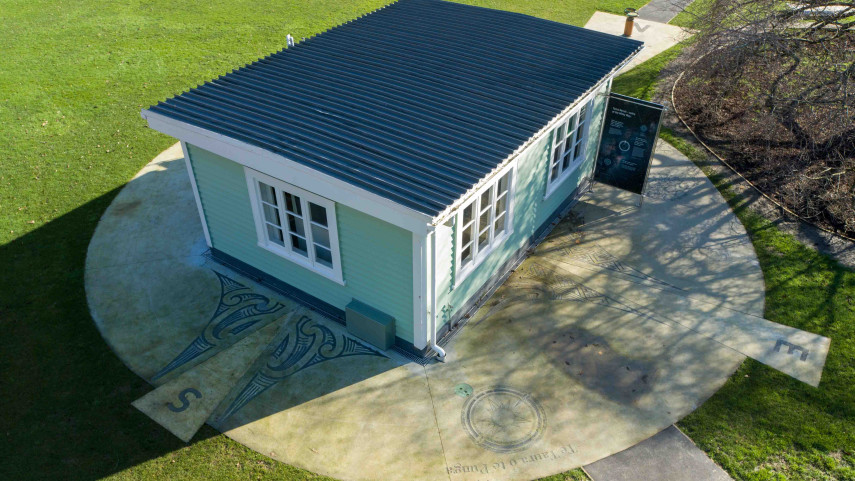
Botanic Gardens to play key role in liquefaction study

Share this story
GNS Science hopes to learn more about liquefaction by installing a second seismograph in the Christchurch Botanic Gardens.
The Botanic Gardens already hosts a seismograph as part of the Magnetic Observatory, which has been supporting earth sciences since 1901.
But GNS wants to install a second seismograph and has approached Christchurch City Council for permission to drill a new 20 to 30 metre deep borehole in the Botanic Gardens so it can place a sensor that will enable it to capture data about how the ground reacts in an earthquake.
The borehole will only be 300mm in diameter and the lid of it will be flush with the ground, making it hardly noticeable.
“The objective of the second seismograph is to enable GNS, together with the University of Canterbury, to learn more about liquefaction,’’ says Botanic Gardens Director Wolfgang Bopp.
“The resulting data will be of interest to the city, New Zealand and the wider world.’’
Mr Bopp says the Botanic Gardens has been identified as the best location to carry out the liquefaction study because of the availability of long-term data and the long-term protection offered by the land’s reserve status.
The Council will consider a report recommending that it give the permissions necessary to enable GNS to install the second seismograph when it meets on Wednesday 2 November.
* Pictured above, the Magnetic Observatory at the Christchurch Botanic Gardens.
